
The Republika Srpska is a part of Bosnia and Herzegovina in southeastern Europe, with about 1.3 million inhabitants. The republic borders Serbia to the east, Montenegro to the southeast and Croatia to the north. The official languages of the country are Serbian, Bosnian and Croatian.
The largest cities in Srpska include Banja Luka, Novi Grad, Doboj, Prijedor, Derventa, Prnjavor, Bijeljina, Zvornik, Trebinje, Istocno Sarajevo and Gradiska.
Approximately 83% of the population are Serbs, 15% are mostly Muslim Bosnians and 21% are Croats. The majority of the population is Christian.
Srpska has its own parliament and food production is the main economic sector. However, the unemployment rate in the republic is almost 50%.
The capital of the Republika Srpska is Banja Luka with about 190,000 inhabitants. Banja Luka is the political, cultural and economic center of the republic.
The city is also called the "Green City" due to its many trees. The most important sights in Banja Luka include the Cathedral of Christ the Savior, the Art Museum, the Ferhadija Mosque, the Kastel Castle, the Krajina Square, the City Hall, the Krupa Waterfalls, the Museum of the Republic of Srpska, the Art Gallery, the Mladen Stojanovic Park, the Bonaventure Cathedral, the Peter Kocic Park, the Aquana Water Park, the Banj Brdo Viewpoint, the Ukrainian Church and the Marian Star Monastery.
In August 2012, I crossed the southern part of the Republika Srpska by train, on the way from Serbia's capital Belgrade to Sarajevo. The train ride was very relaxing and, due to the great landscape of Srpska, also a real experience.

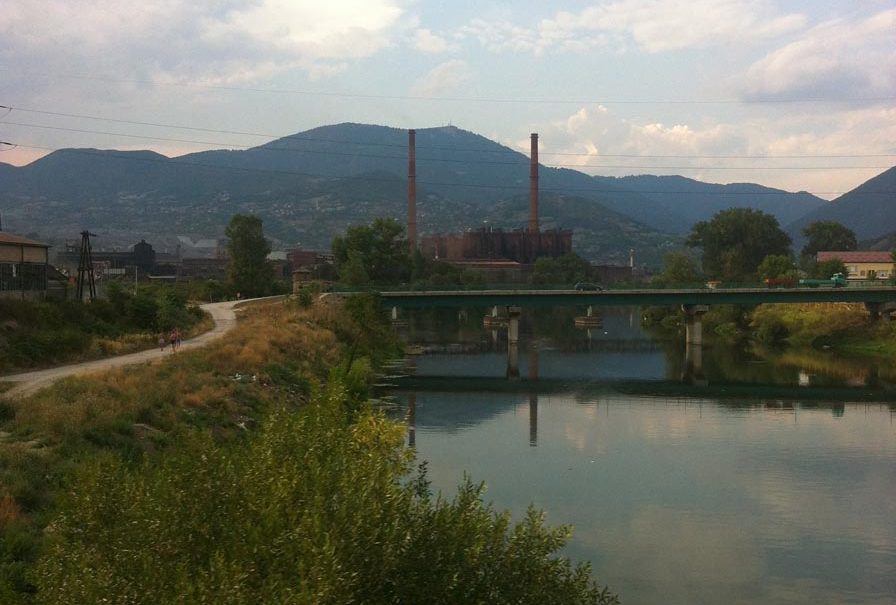







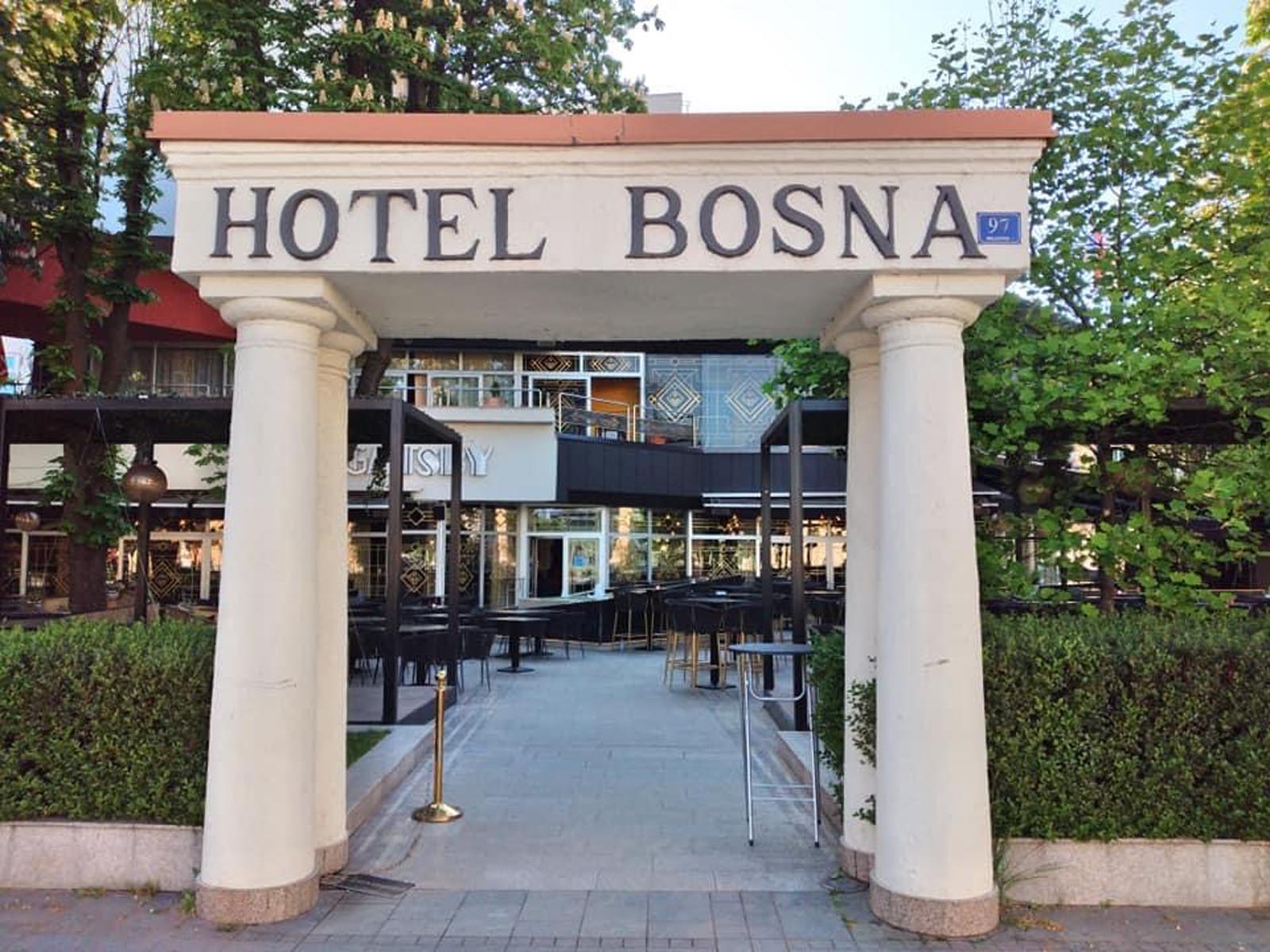
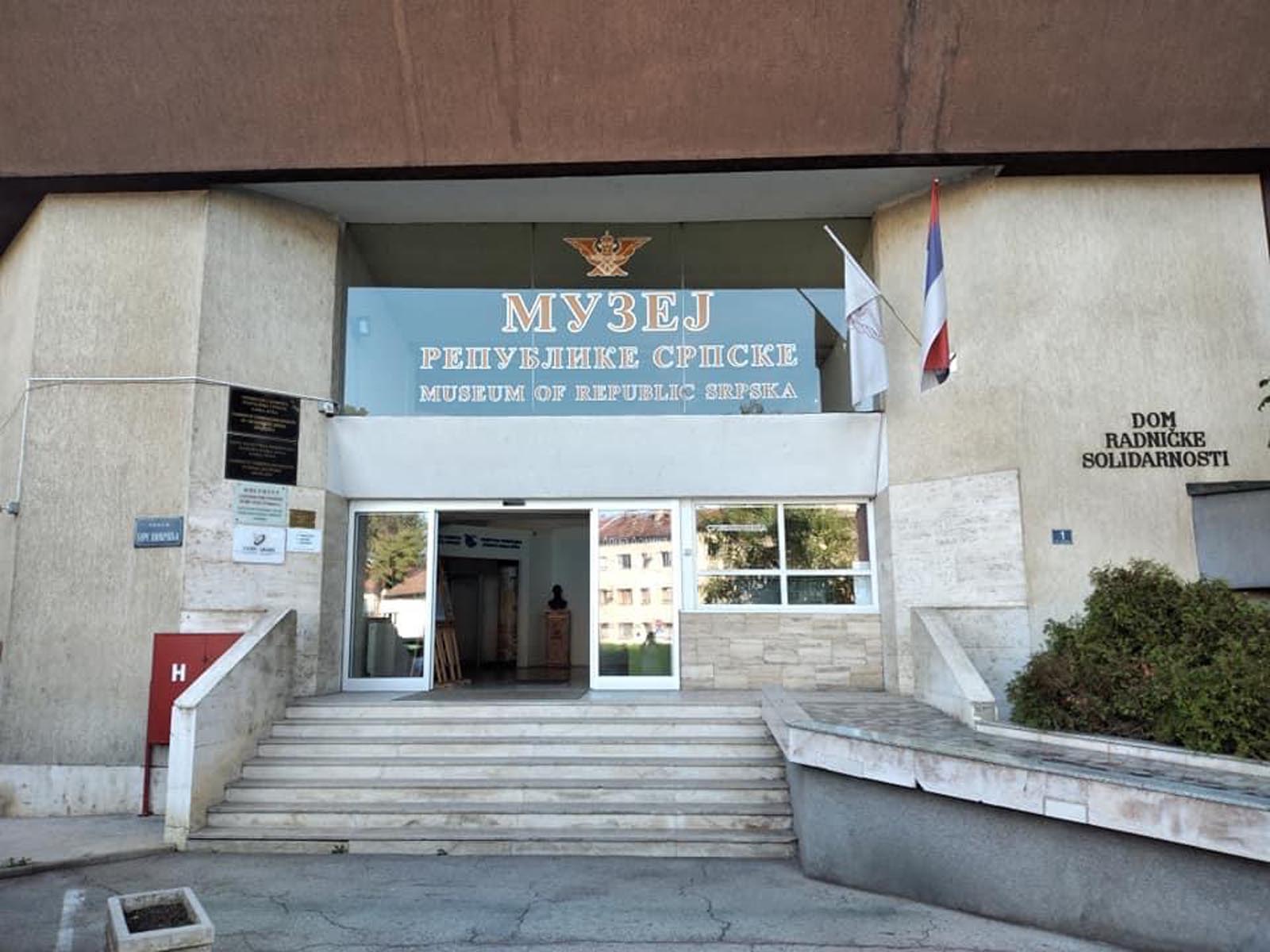
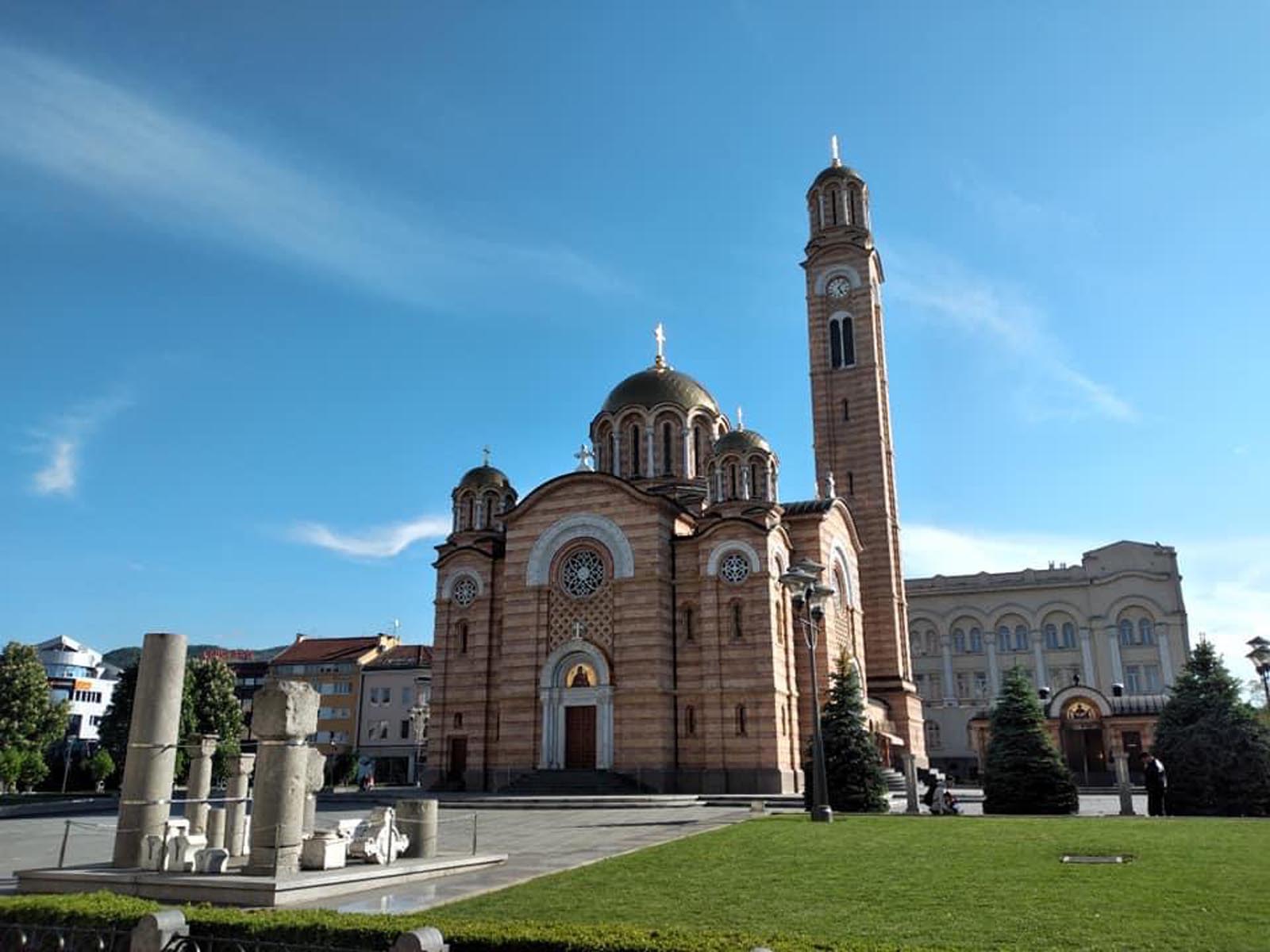
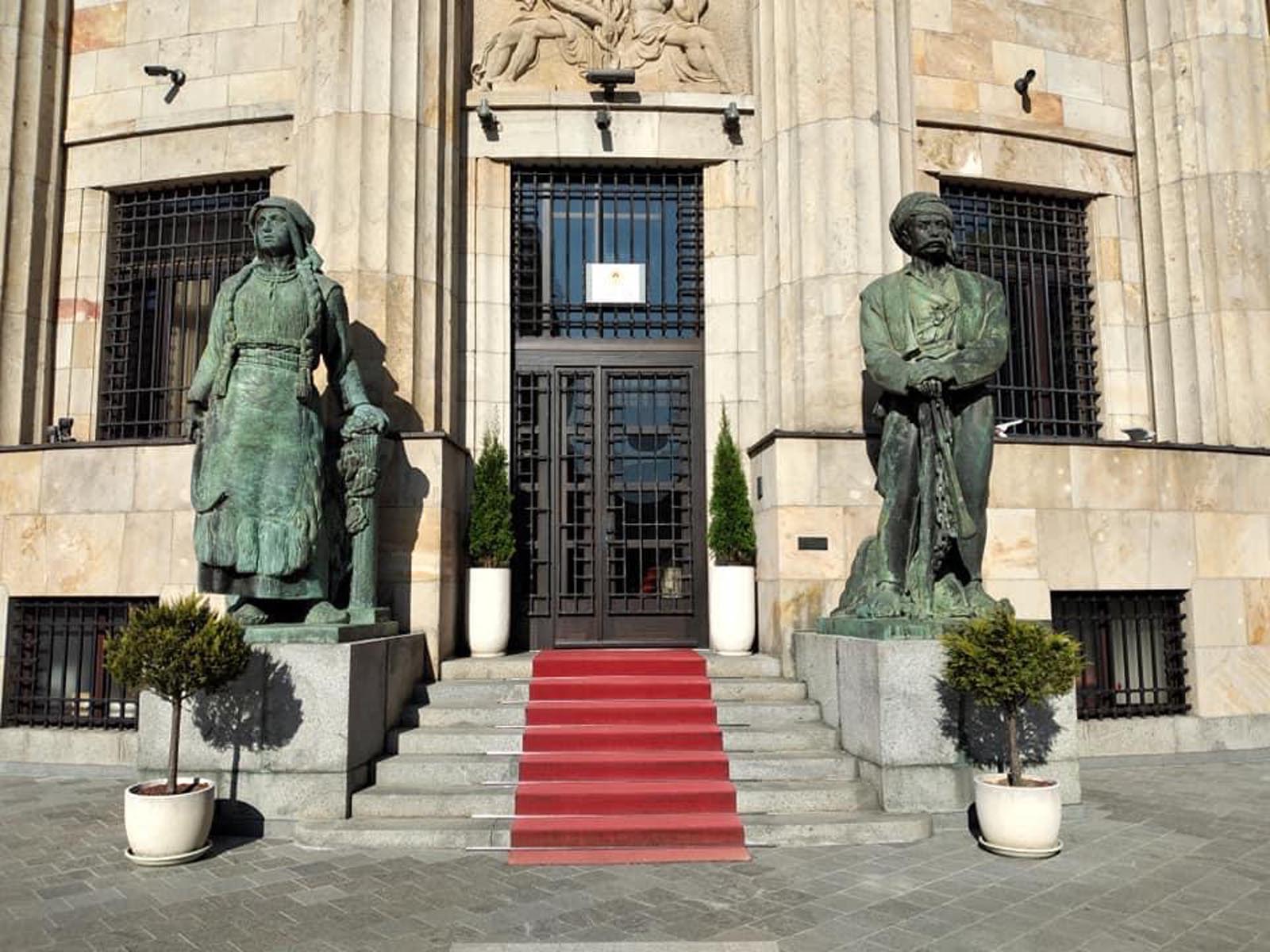
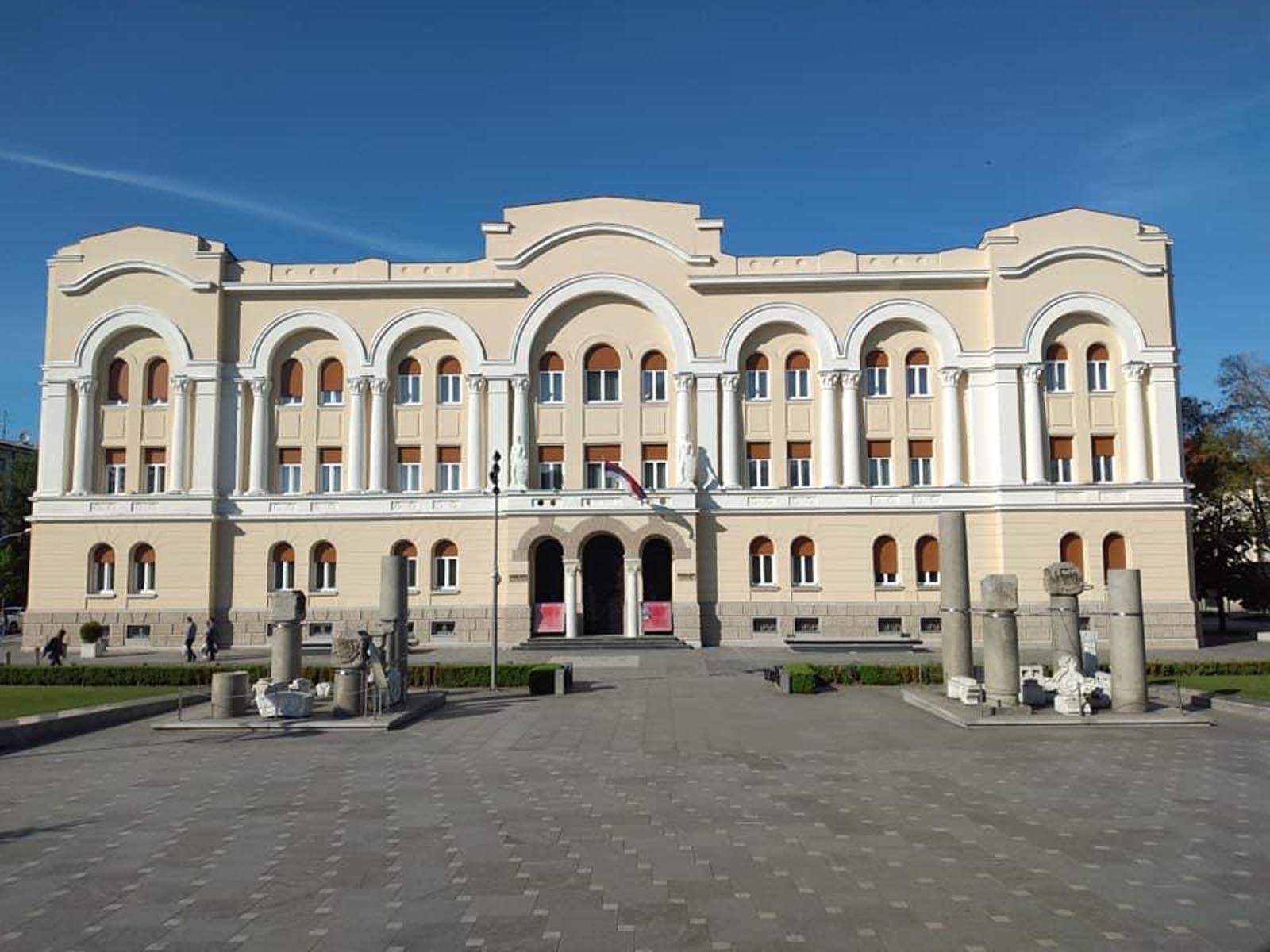
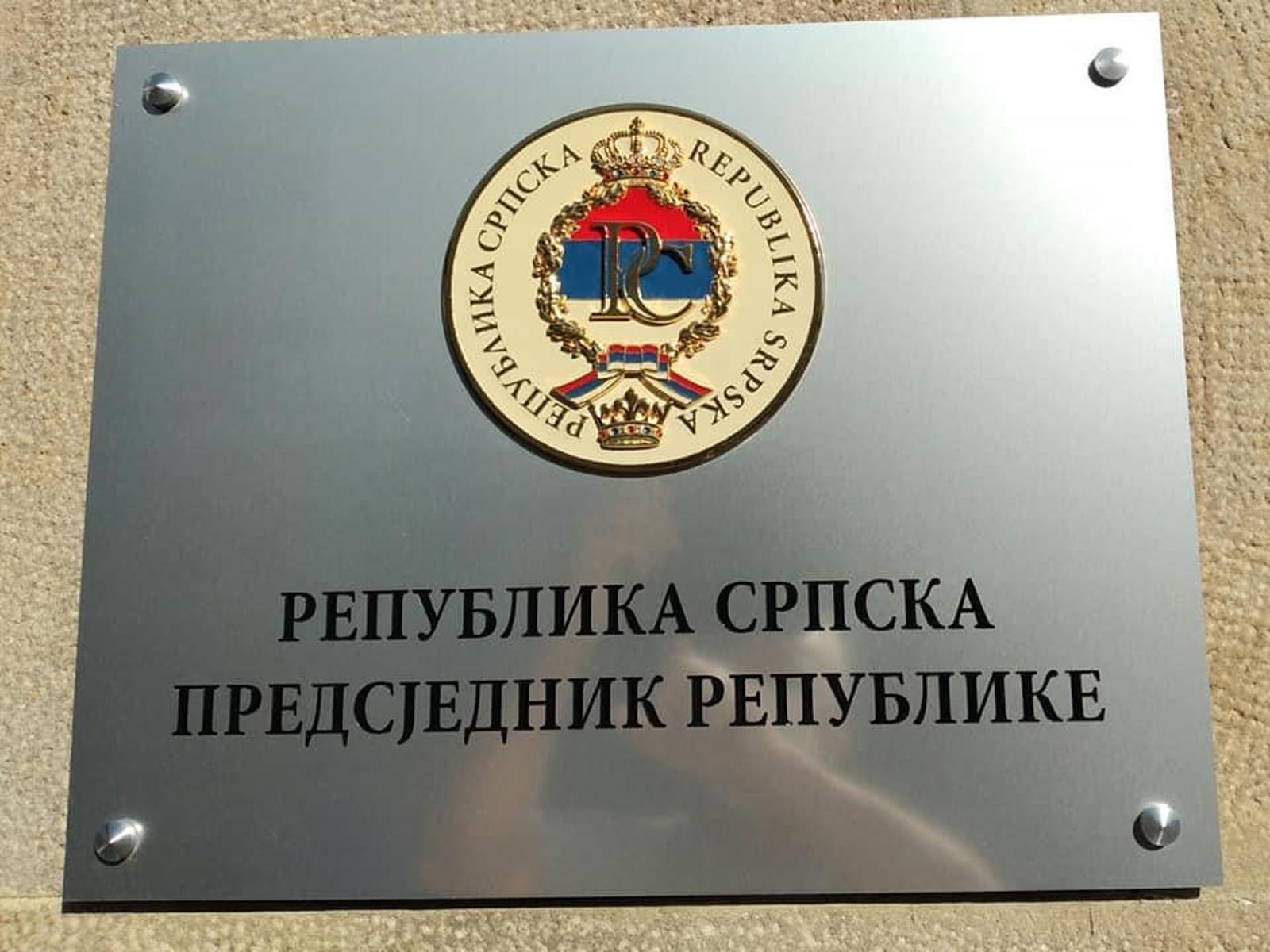
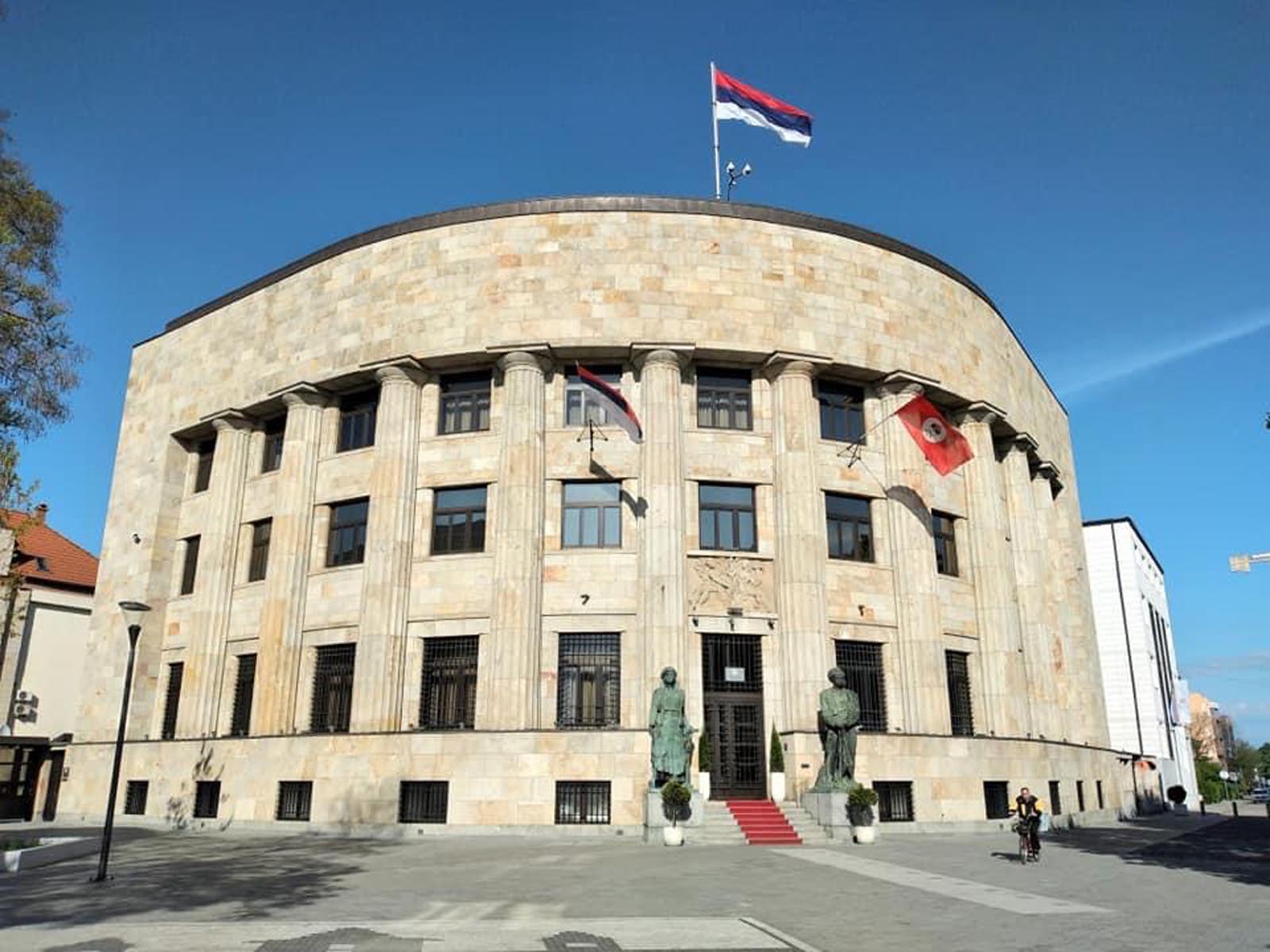
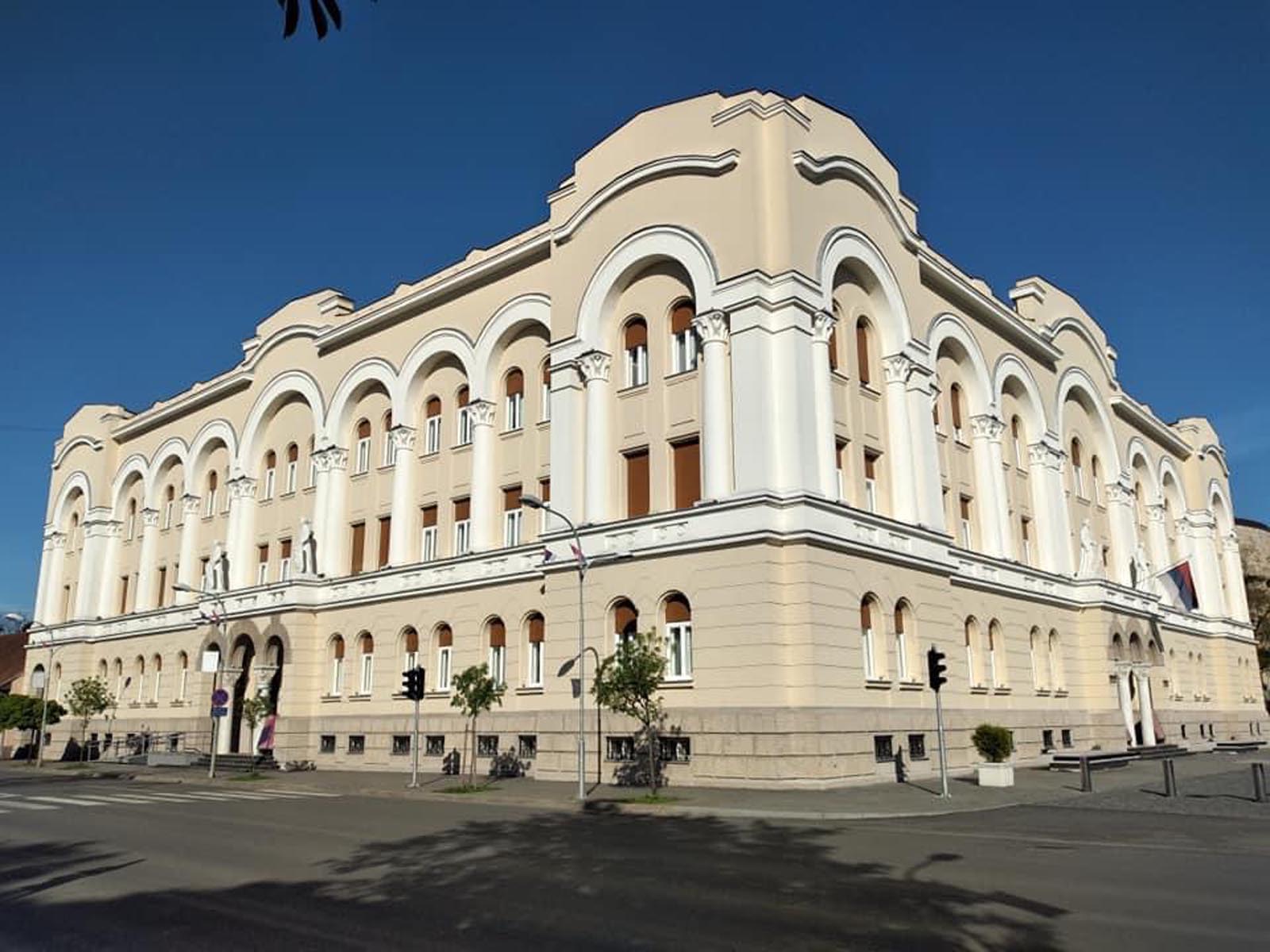



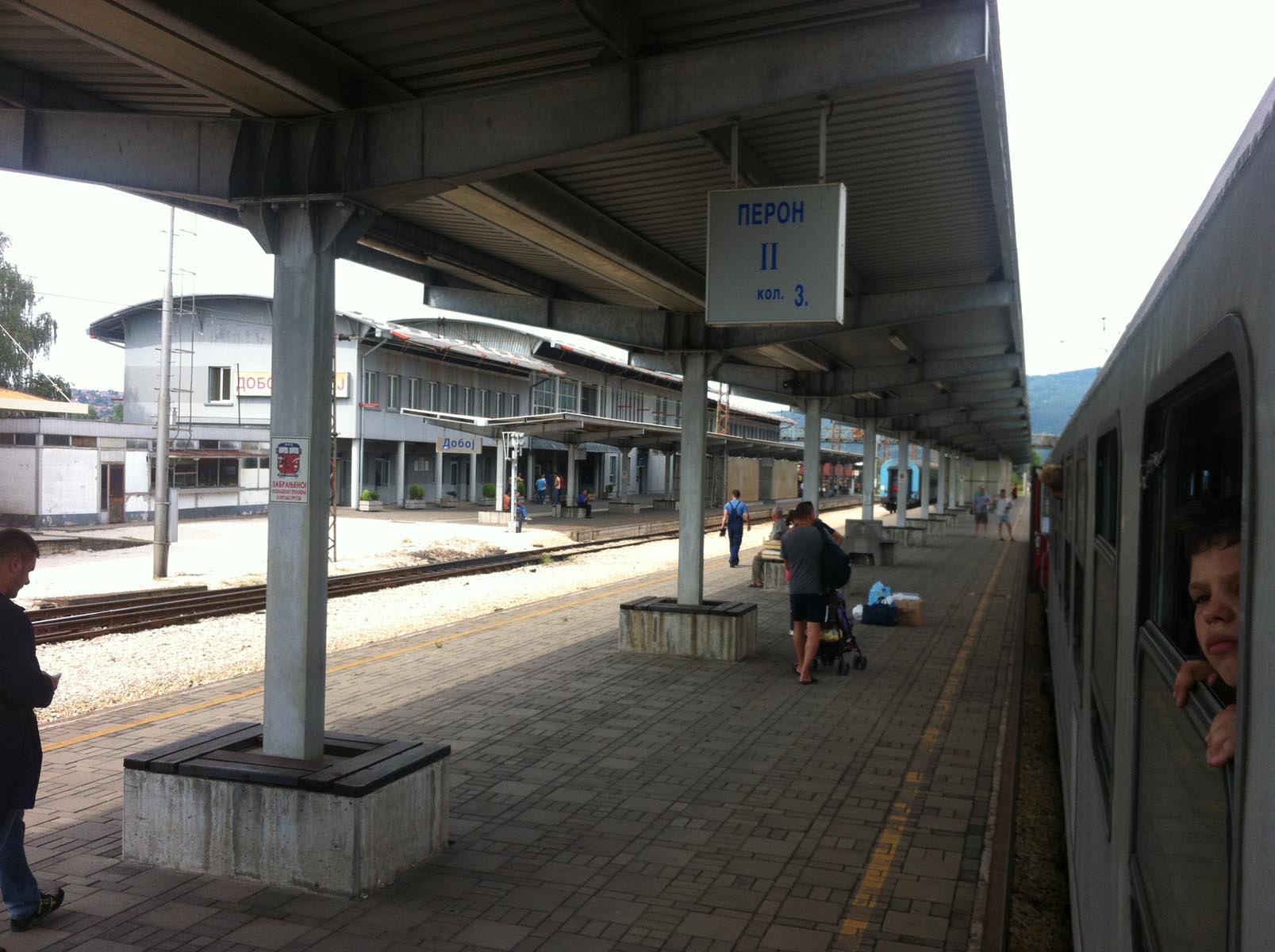




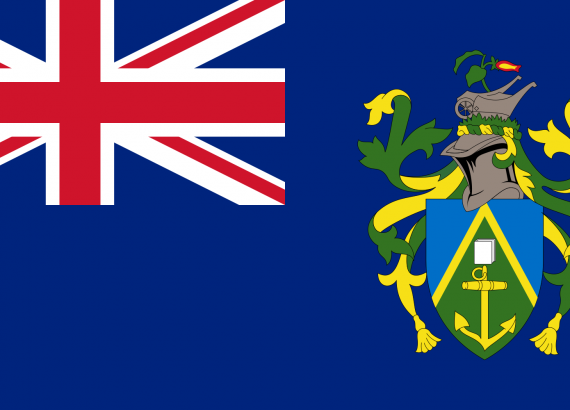
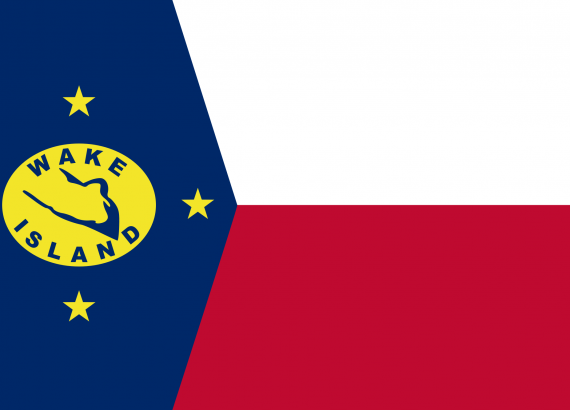
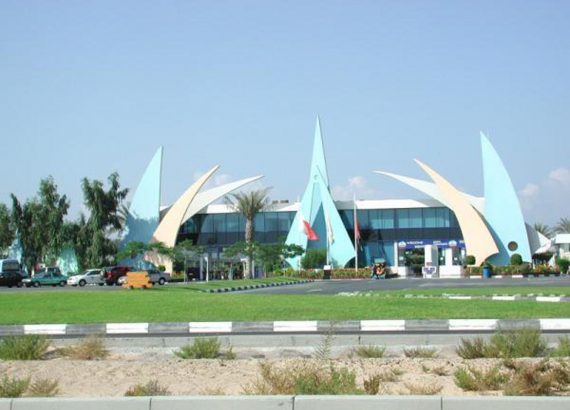
No Comments